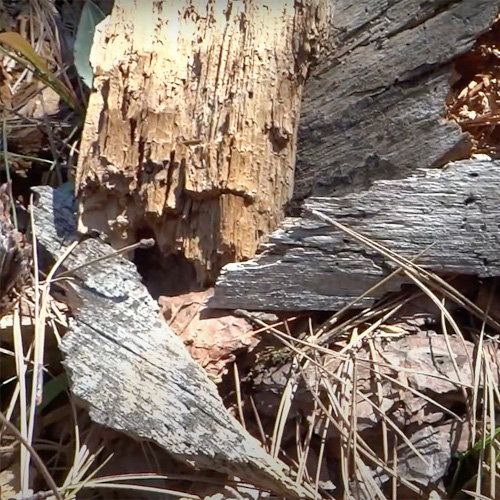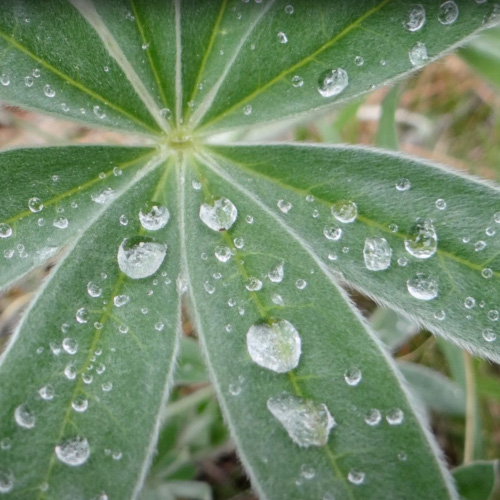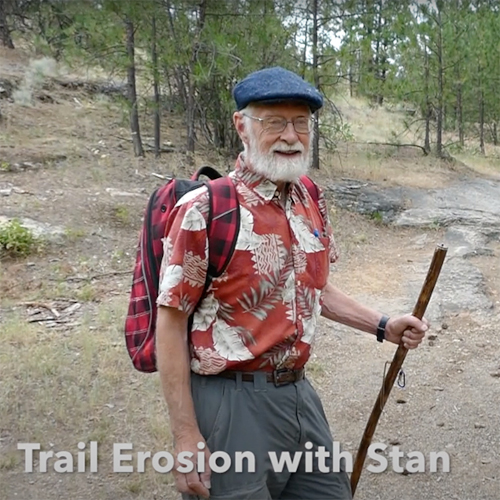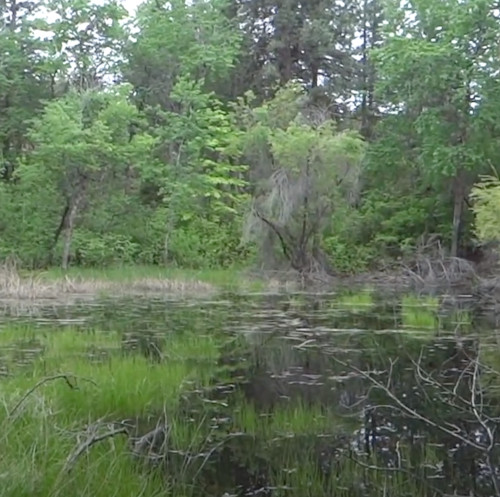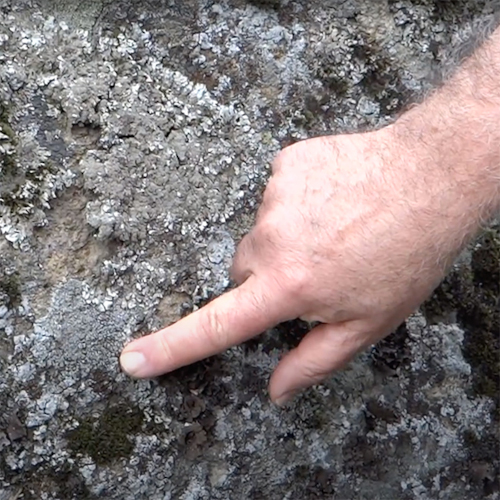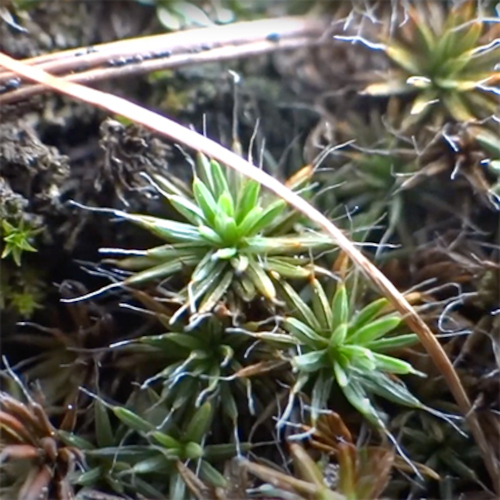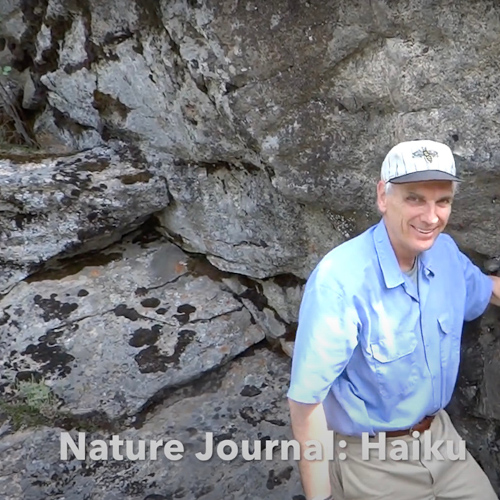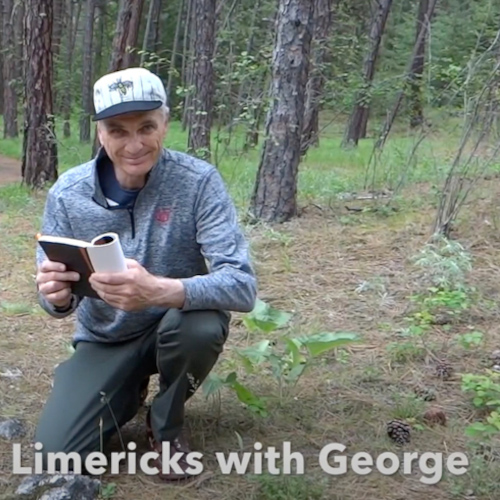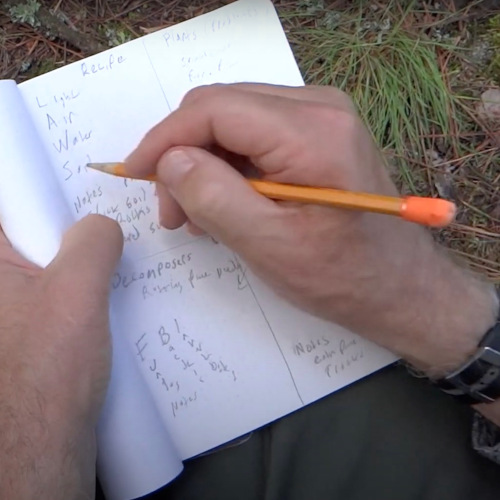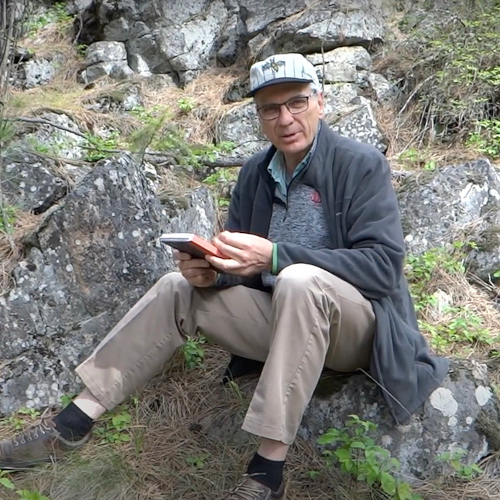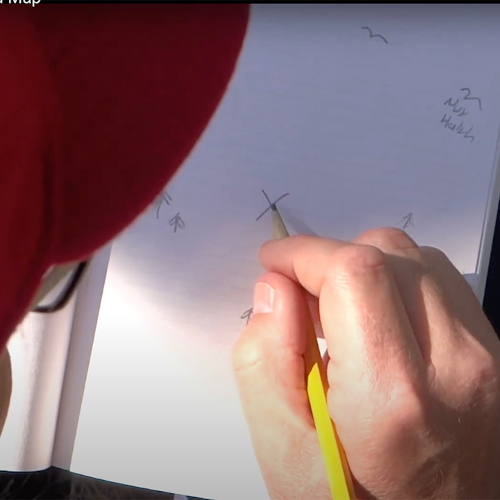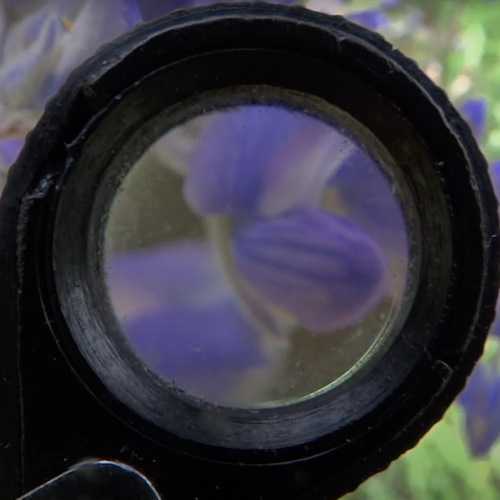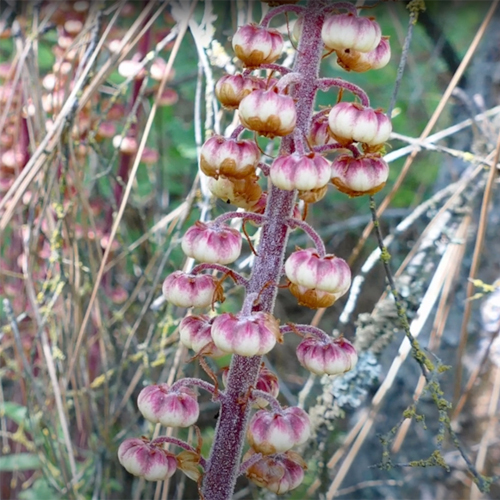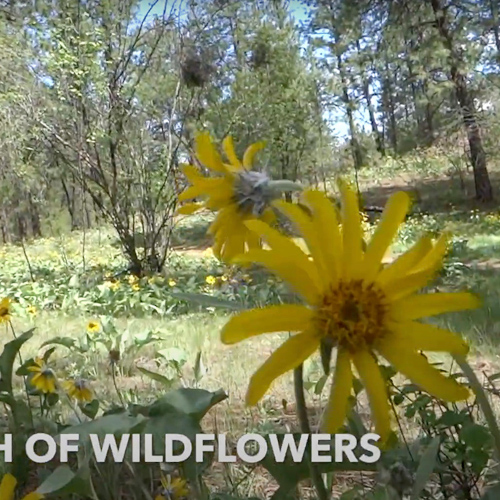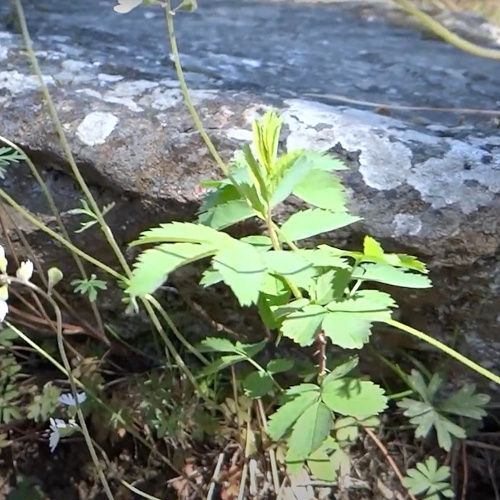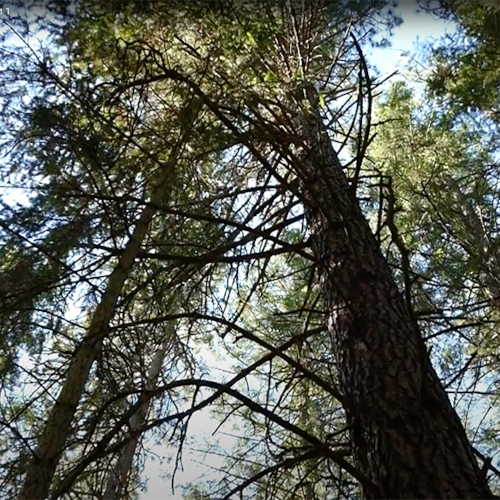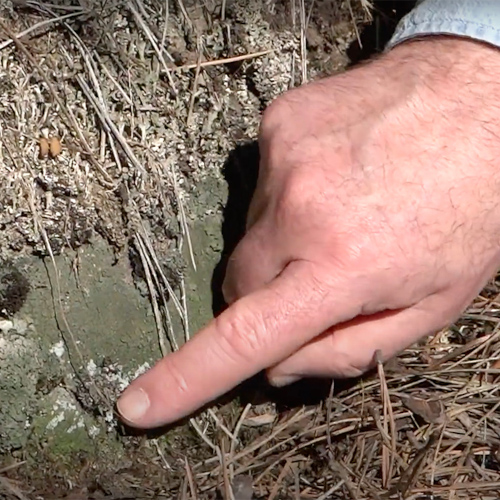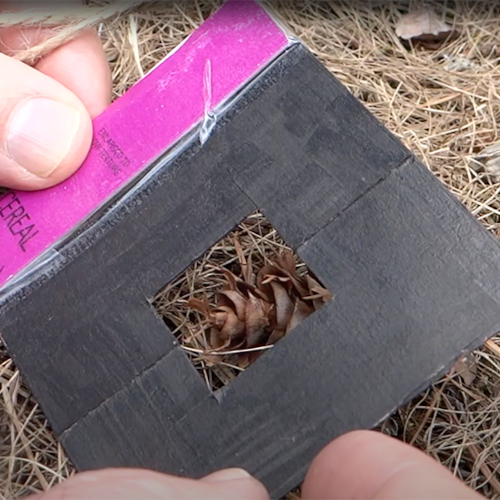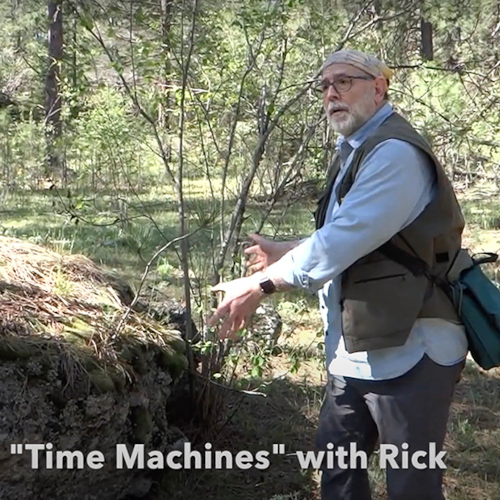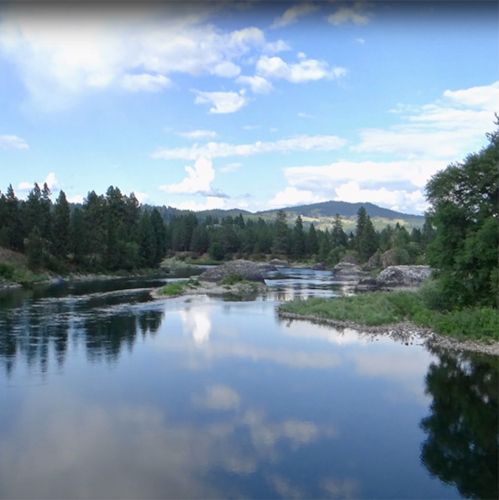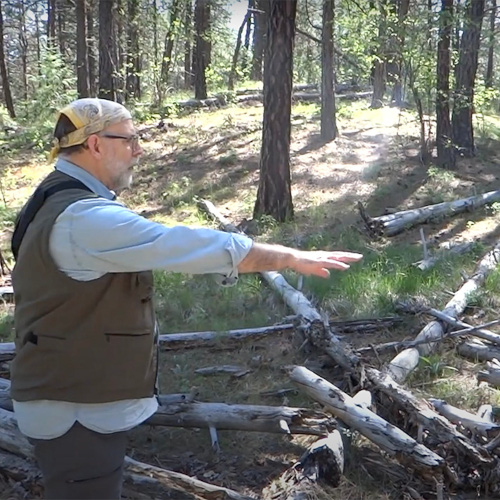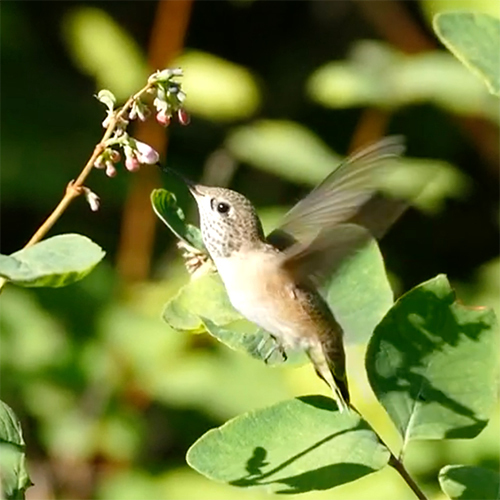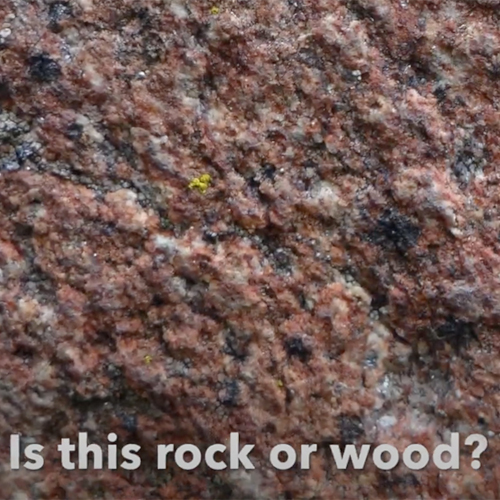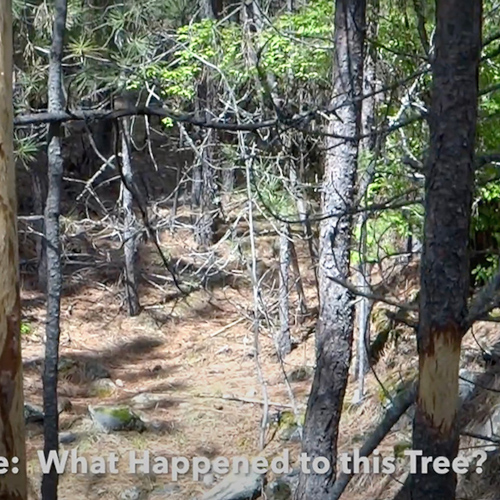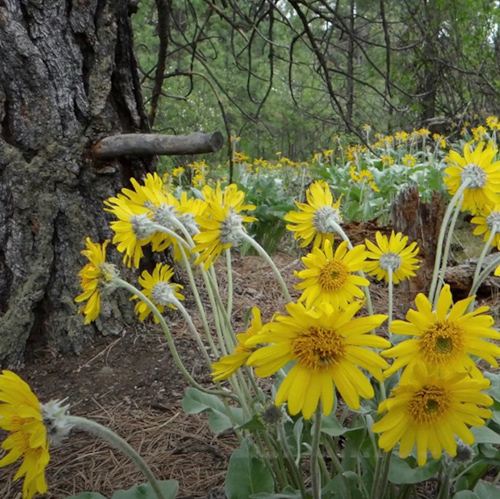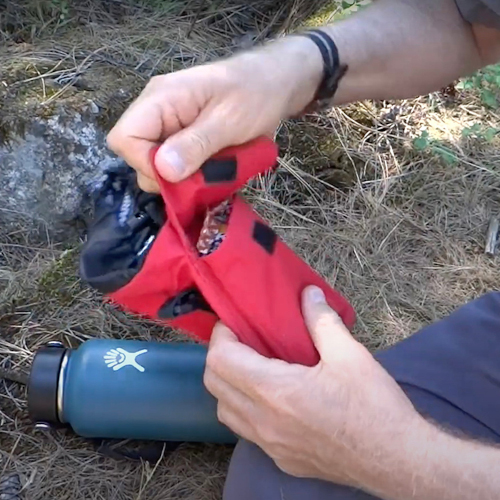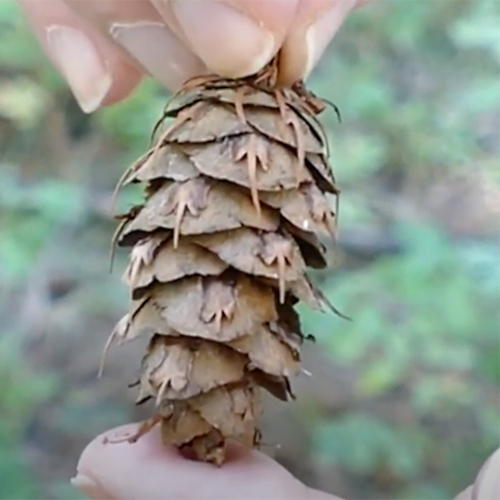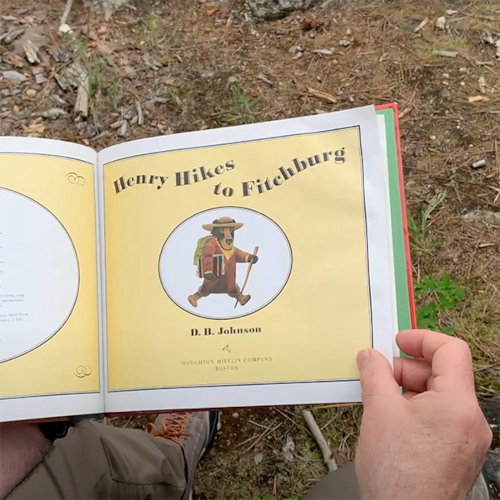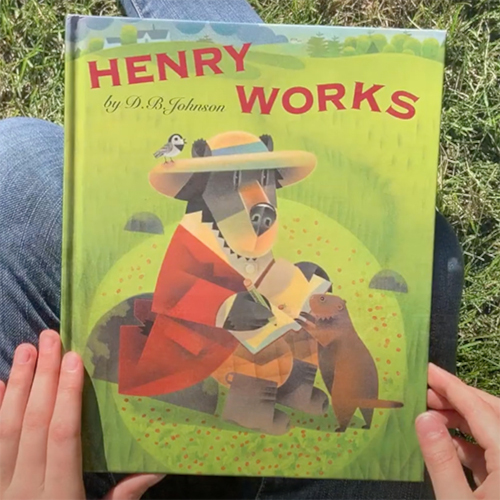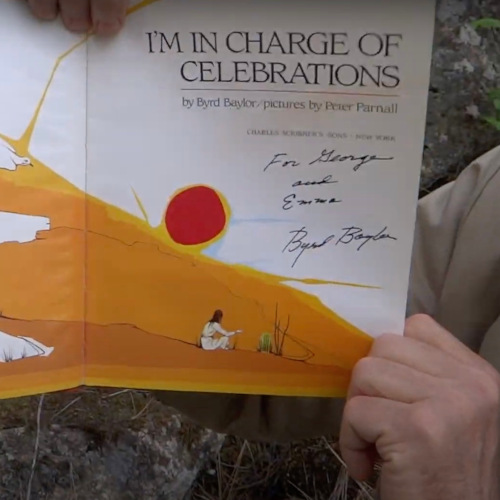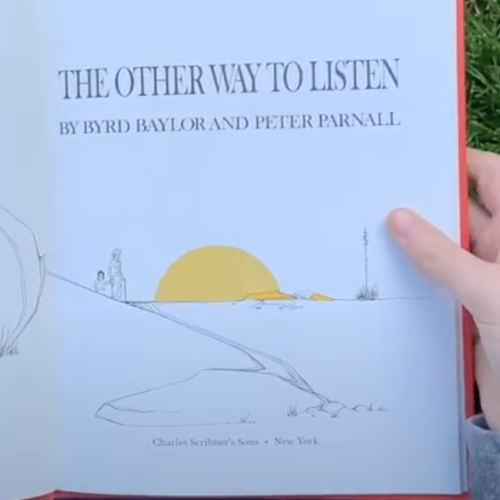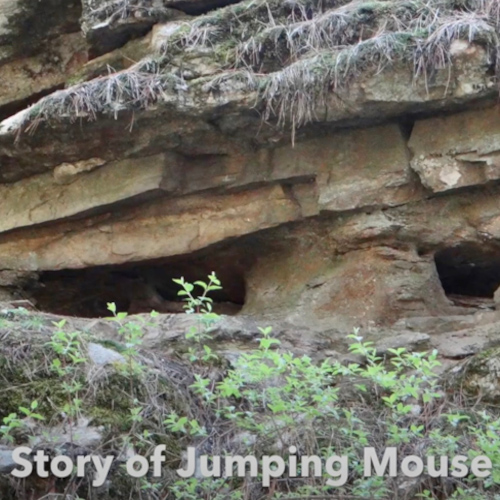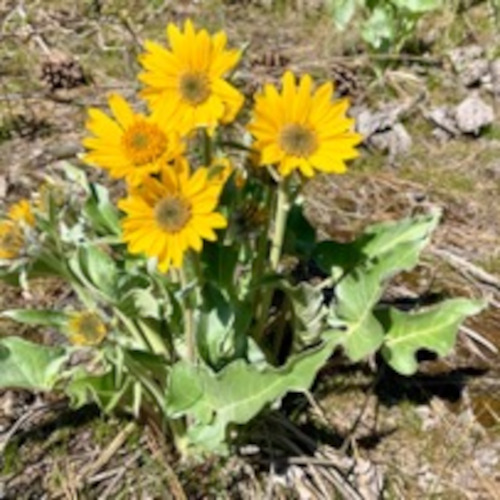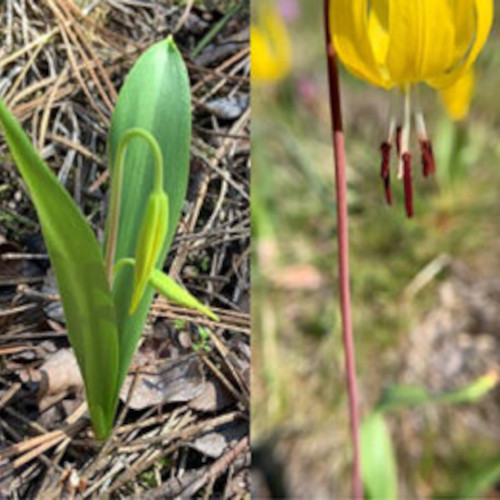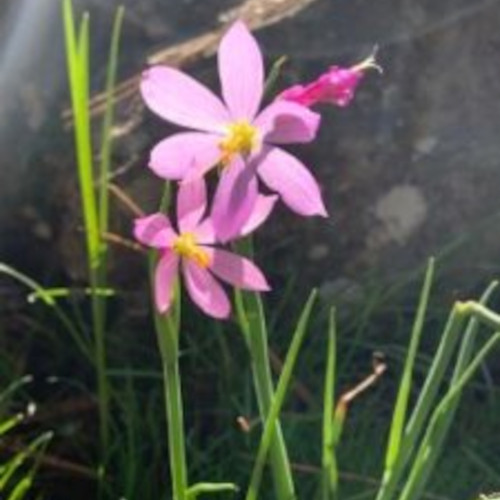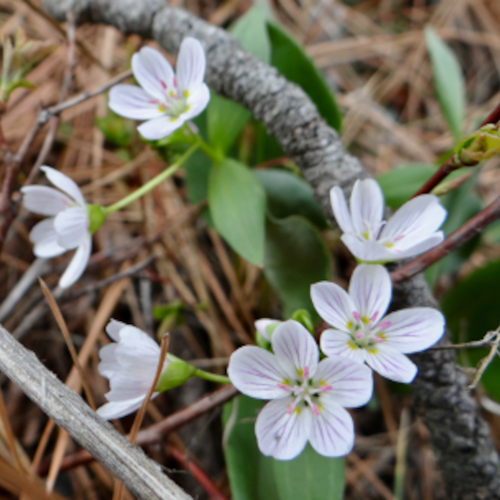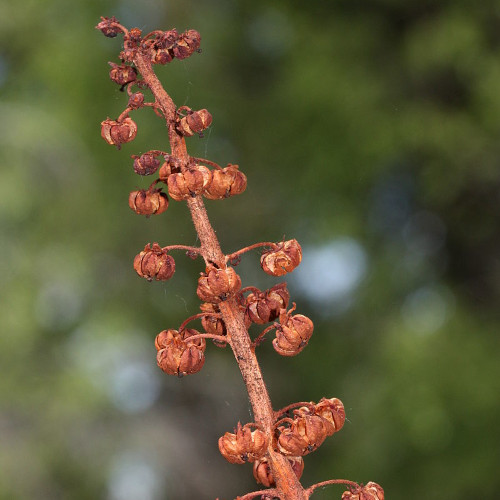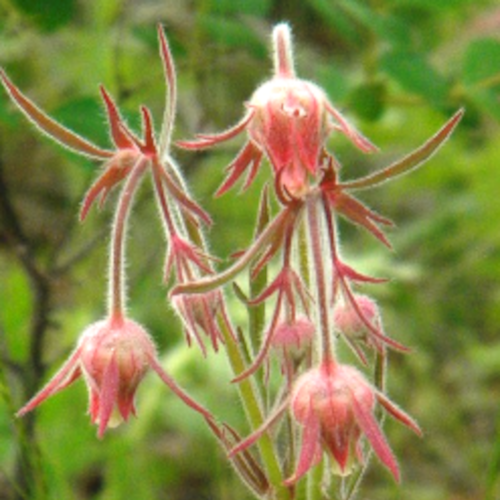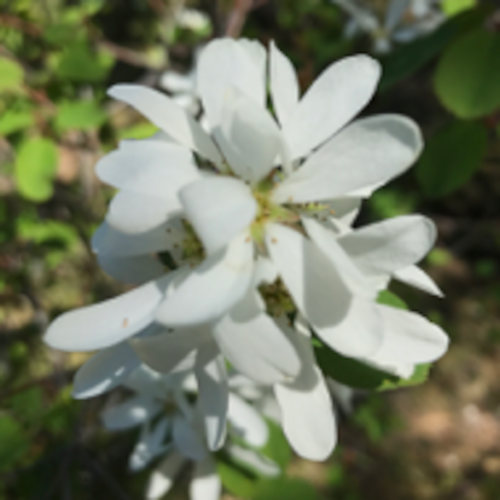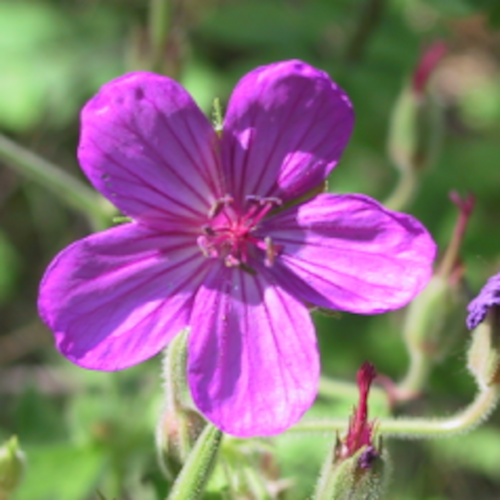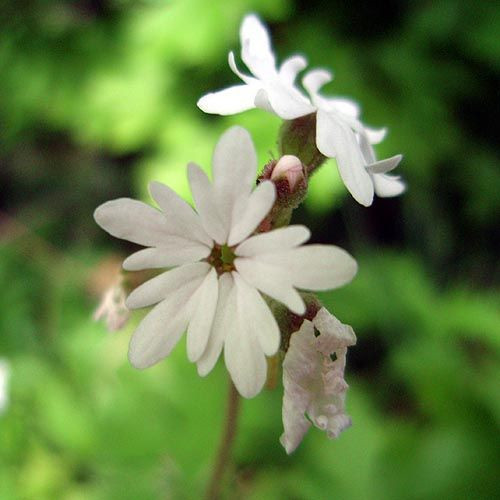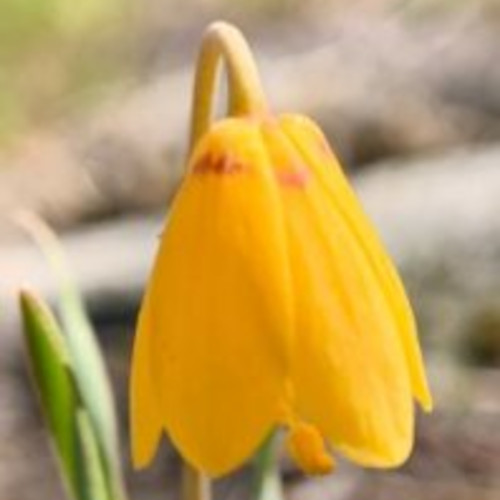|
NATURE AT HOME
This program was made possible with support from: |
|
This virtual education series brings DHC's Kids in the Hills program to you to enjoy from the comfort of your own home. Click on each post below to view each video, a short description, and accompanying resources, if applicable. Educators can also read about how these videos relate to the Next Generation Science Standards (NGSS for grades 3-5) by clicking on the button below. |
Introduction |
Introduction: Nature At HomeRick Severn, DHC’s Education Chair, gives a brief introduction to the Nature At Home series. Click Here to View the Nature At Home Introduction Flyer |
Dishman Hills Tours |
ENCHANTED RAVIVE Join us on a visit to the Enchanted Ravine. | LIFE IN SPOKANE Even though many of us are staying home and away from other people during COVID-19, George is able to find lots of life in Spokane! | WALK TO THE WEST RIDGE Join Rick on a walk to the West Ridge of the Dishman Hills Natural Resources Conservation Area. |
WINTER IN THE DISHMAN HILLSJoin George and explore the Dishman Hills Natural Area's Ponds Loop and Enchanted Ravine trails as they appear during winter! Enjoy the beauty of the Hills by noticing features that are only present in the winter, such as snow and icicles. Notice how the natural features differ from winter to spring. |
Science Concepts |
Exploring the Fire Resistance of the Ponderosa PineA closer look at Ponderosa Pine and wildfires Click Here to View the Kids Flyer for “Exploring the Fire Resistance of the Ponderosa Pine" | Exploring the Pond HabitatA closer look at living things at The Ponds Click Here to View the Kids Flyer for “Exploring the Pond Habitat" | Goldback Springs pHStan demonstrates how to test the PH of water at Goldback Springs in the Dishman Hills, and discusses factors that can affect the PH measurements of water. |
HabitatsA look at what habitats provide for living things. | Keeping Our Forests Clean – Pt. 1Join Michelle, Rosie, & Evan, and learn about the importance of picking up trash and keeping our forests clean. Some common items you use every day take a very long time to decompose - you might be surprised! | Keeping Our Forests Clean – Pt. 2Join Michelle, Brian, Rosie & Evan and learn about the importance of picking up trash and keeping our forests clean. Some common items you use every day take a long time to decompose - plus, some good advice from Rosie about how to be responsible while on the trails! |
Nature’s Recycling – The DecomposersA look at how nature recycles and reuses organic material Click Here to View the Kids Flyer for “Nature’s Recycling - The Decomposers" | pH Testing BasicsLearn why it’s important to test the PH of water | Pond ChemistryStan explains the chemistry of a pond ecosystem – how to test for different chemical elements and why they are important to wildlife. |
Pond SuccessionJoin Stan and learn about pond succession – the process by which a pond and its community convert from a wetland community into a land community. | Solar System StrollGeorge shows you how to do a Solar System Stroll, an activity you can do at home to learn about the size of our solar system! Watch to learn about the planets that make up our solar system. Then try it yourself! Click Here to View the Kids Flyer for "Solar System Stroll" | The Water CycleLearn about the water cycle and the many forms of water in nature with Peggy, Lucie, and Isla! |
Trail ErosionJoin Stan and learn about trail erosion and methods used to prevent erosion, as seen in the Dishman Hills. | WatershedsJoin Peggy, Lucie, and Isla and learn about watersheds! Learn what watersheds are, how they work, and why it’s important to keep pollution out of our watersheds | What We Can Learn From a RockRick shares some geology and biology surrounding gneiss – a type of rock found in the Dishman Hills. Click Here to View the Kids Flyer for "What We Can Learn from a Rock" |
Journal Activities |
Making a Nature JournalMake your own nature journal without staples or glue! Click Here to View the Kids Flyer for “Making a Nature Journal" | Nature DetectiveUse your journal to solve a mystery | Nature Journal – Soil IslandsLearn about what a soil island is, and how soil islands are formed. |
Nature Journal: Birding BasicsJoin us on a birding adventure (and don’t forget your journal!) | Nature Journal: HaikuUtilize the outdoors as inspiration to write a haiku Click Here to View the Kids Flyer for “Nature Journal: Haiku" | Nature Journal: LimericksUtilize nature as inspiration to write a Limerick Click Here to View the Kids Flyer for “Nature Journal: Limericks” |
Nature Journal: Six Word StoriesUtilize the outdoors as inspiration to write a very short, complete story in six words Click Here to View the Kids Flyer for "Six Word Stories" | Recipe for the ForestUse your journal to make a “recipe for the forest” or any other outdoor area. Click Here to View the Kids Flyer for "Recipe for the Forest" | Sit SpotFind your “Sit Spot” to get a close look at nature. Click Here to View the Kids Flyer for "Sit Spot" |
Discovery |
A Closer LookTake a magnified look at nature | Birding With BinocularsJoin Peggy, Lucie, and Isla on a birding adventure with binoculars! Learn about different characteristics of birds that can help you identify them. | Color SearchGrab your crayons or colored pencils and explore the many shades of color in nature. Click Here to view the flyer for "Color Search" READ MORE » |
Discovering PinedropsJoin Rick and learn about Pinedrops – a plant unlike many others Click Here to View the Kids Flyer for "Discovering Pinedrops" | LAWS of LifeWhat non-living factors do all living things need for survival? Click Here to View the Kids Flyer for “LAWS OF LIFE" |
Life Cycle of the Ponderosa PineRick teaches you about the life cycle of the Ponderosa pine tree and the conditions in which it thrives. Click Here to View Part 1 Click Here to View Part 2 Click Here Flyer 1 Click Here Flyer 2 | Life on the RocksA close-up look at how living things make a home on the rocks Click Here to View the Kids Flyer for "Life on the Rocks" | Make At Home Exploration ToolsRick shows you some easy tools you can make and bring with you when you go out to explore in nature. Click Here to View the Kids Flyer for "Exploration Tools" |
Nature Detective: Exposed RocksUse your journal and detective skills to learn about the Ice Age Floods! | Nature’s Time MachinesThere’s a lot of history near each trail. Click Here to View the Kids Flyer for “Nature’s Time Machines” | Owls and ApplesGeorge discusses owls and birds of prey. Learn why birds of prey are important and why you shouldn’t throw things out of your car window, even things that are biodegradable, like apples. Click Here to View the Kids Flyer for 'Owls and Apples. |
Spokane’s AquiferJoin Rick and learn all about Spokane, Spokane Valley, and our aquifer: how it came to be and why it is important. | The Power of Nature: IceExplore what happens when nature brings “too much ice.” Click Here to View the Kids Flyer for “The Power of Nature: Ice" |
Nature Challenge |
Hummingbird BehaviorIn this video, you can observe some “normal” hummingbird behaviors, then see if you can guess what the hummingbird near the end of this video is up to! Click Here to View the Video | Nature Challenge: Rock or Wood?Nature Challenge: Are the things seen in this video made of rock or wood? | Nature Challenge: What Happened to This Tree?What do you think happened to this tree? |
Outdoor Safety Tips |
Basic SurvivalWhat to consider if you are lost and, more importantly, things to contemplate when planning an outing | Stay Safe COVID-19 PrecautionsCommon sense recommendations for staying safe while hiking Click Here to View the Video |
Books and Stories |
The Other Way to ListenA reading of the book “The Other Way to Listen” by Byrd Baylor and Peter Parnall. Follow along by clicking the link below: |
Did you know about the various Biotic and Abiotic Elements found in the Dishman Hills? |
Arrowleaf Balsamroot (Balsamorhiza Sagittata) Do you know about the Arrowleaf Balsamroot? This plant is the first member of the composta/composite family to bloom in the Dishman Hills in the Spring. Each petal is actually a single floret bearing one enormous petal and several minute ones, giving the illusion of a ring of petals. All parts of this plant are edible. Its roots were boiled, dried, or ground for medicine. Its young leaves were eaten raw as a salad and its seeds roasted and ground into flour. Everything you see above the ground is connected to a very thick and long taproot. |
Desert Shooting Star (Dodecatheon conjugens) Do you know about the Desert Shooting Star (Dodecatheon conjugens)? The word dodecatheon means 'twelve gods' in Latin. This wildflower, which prefers sunny, dry soil, blooms during the same part of the season as the Arrowleaf Balsamroot and the Desert Buttercup. Desert Shooting Stars do not produce nectar, but pollination is accomplished by bumblebees foraging for pollen through a method known as “buzz pollination.” A bumblebee arrives at the flower, grasps the fused anthers with its feet, and hangs upside down. Then, it buzzes its wings at a specific frequency, causing the anthers to vibrate, showering pollen onto the bee’s thorax. |
Glacier Lily (Erythroniun Grandiflorum)Do you know about the Glacier Lily? This species is known as Glacier Lily because it often appears at the edge of receding snow banks. It is often mistaken for the Fawn Lily (of variety candidum). The stem of the Glacier Lily often changes from green to a deep rust color. All parts of this plant are edible; foliage is a favorite of wildlife including deer, elk, and bighorn sheep. Bears use their claws to dig out the edible bulbs, which can be boiled or dried and used in stews and other dishes. Ground squirrels and other rodents dig up the bulbs and store the for winter consumption. Other common names include Trout Lily, Dogtoothed Violet, and Adder's Tongue.
|
Grass Widow (Sisyrnchium Inflatum) Do you know about the Grass Widow? (Sisyrnchium Inflatum)? The Grass Widow is a member of the Iris family. This plant does well in the slightly acidic soil deposited by needles of the Ponderosa pine found around the base of the tree. Grass Widows compete with the Buttercup to be the first bloomer in the Spring. There is only one species of Grass Widow in the West, with two varieties: inflatum, found mostly to the East of the Cascades, and douglasii, found mostly to the West of the Cascades. |
Lanceleaf Springbeauty (Claytonia lanceolata) Do you know about the Lanceleaf Springbeauty (Claytonia lanceolata)? The petals of the Lanceleaf Springbeauty may be white or pink, but both colors have dark pink veins in each petal. This flower grows up from a spherical corm, a fleshy taproot, similar to the crocus or iris. When eaten raw, the corm has a pleasant, radish-like taste. When boiled, it takes on the texture and taste of a baked potato. It prefers a position of full sun, and has trouble growing in the shade. |
Pinedrops (Petrospora andromedea) Do you know about Pinedrops (Petrospora andromedea)? Pinedrops are a flower that breaks all the rules. You will see no green on this plant. This saprophyte has no chlorophyll to turn sunlight, carbon dioxide, and water into the food it needs to grow. It opens a window into what is happening in the WWW (aka Woods Wide Web) that flourished out of sight in the forest sub-floor. Instead it takes - or as some might say, steals or hijacks - what it needs from a vast underground Mycorrhizae web consisting of a fungus that connects to the root systems of its host plant to form a symbiotic relationship. The fungus provides its host with additional water and nutrients while the host provides the fungus with carbohydrates from photosynthesis. In the case of Pinedrops, the host is predominantly Ponderosa pine. So look to the thick decomposing needle beds around Ponderosa pines to find this plant. It can grow four feet high, so it's hard to miss. The previous year's growth dries to a deep rich brown color. This plant is bi-annual and blooms every other year. Pinedrops is also known as Coyote’s Arrow.
|
Prairie Smoke (Geum triflorum) Do you know about Prairie Smoke (Geum triflorum)? This flower nods when it first blooms, but when it's ready to disperse seeds, it raises its head upward to disperse long, purplish filaments into any light breeze that happens by. Also known as Old Man's Whiskers, this was a little-known plant before Meriweather Lewis noted it in his journal on Wednesday, June 8, 1806. As an early bloomer, Prairie Smoke provides vital nectar for insects emerging from hibernation. The bulb of the Prairie Smoke is also edible. |
Sagebrush Buttercups (Ranunculus Glaberrimus) Do you know about Sagebrush Buttercups (Ranunculus Glaberrimus)? There are over 80 varieties of buttercups, and most are very hard to tell apart. This species, native in Eastern Washington, usually blooms in April and is poisonous when eaten raw; however, its seeds were ground into meal or flour as a traditional food source. Buttercups also provide an important source of food for the Blue Grouse, a species of forest-dwelling bird native to the Rocky Mountains. Another fun fact: Buttercups are heliotropic, which means their flowers follow the sun over the course of the day. |
Serviceberry (Amelanchier alnipolia) Do you know about the Serviceberry (Amelanchier alnipolia)? A member of the rose family, the Serviceberry is the first shrub to bloom in Spring. The dark blue berries and leaves are eaten by a variety of animals. Many indigenous peoples mixed the berries with fat and meat from buffalo or other animals, and used the mix for pounding into cakes and drying. These shrubs were a real game changer for Lewis and Clark, who originally had to use boats to transport large barrels of salted meat and fish on their journey west. Also called Juneberry, the fruit was used to make pies, jelly, and wine.
|
Spring Whitlow Grass (Draba Verna) Do you know about Spring Whitlow Grass (Draba Verna)? Spring Whitlow Grass is a member of the mustard family. The word verna comes from the Latin word vernus, meaning spring. It is thought that these flowers originated in Europe and naturalized to the Americas by European settlers. You will need very sharp eyes to spot this plant's tiny flowers - see the pine needle for scale. Each of its four petals are deeply divided, giving the appearance of eight petals. They can often be found in the disturbed margins of trails. Spring Whitlow grass was the first plant to be observed to determine the importance of self-pollination to mutation and the creation of local strands. |
STICKY GERANIUM (GERANIUM VISCOSISSIMUM)Do you know about the Sticky Geranium (Geranium viscosissimum)? It is a major food source for deer and elk, as well as for black and grizzly bears. Moose prefer its leaves and flowers during the spring and summer over other food sources. The word viscossissium means sticky. Its root can be dried and pounded into a fine astringent powder, and can be used to stop external bleeding. It is pollinated by flies, butterflies, and native bees. The roots and leaves of Sticky Geranium were used by the Blackfeet, Okanagan, Colville, Sanpoil, Nlaka’pmx and other indigenous peoples as a cold remedy, a dermatological aid, and treatment for sore eyes. |
Woodland Star (Lithophragma) Do you know about the Woodland Star (Lithophragma)? It will require a sharp eye to spot these beauties, which have tiny flowers, long, slender stalks, and basal leaves. Woodland Star, also known as Prairie Star, are frequent in the sagebrush and Ponderosa pine ecosystems. They are bloom buddies with the Arrowleaf Balsamroot and Sagebrush Buttercup and prefer areas that are sunny and have dry soil. Eight different species of the Woodland Star can be found in the sagebrush and Ponderosa pine ecosystems. |
Yellow Bell (Fretillaria Pudica) Do you know about the Yellow Bell (Fretillaria Pudica)? What looks like six petals is really three petals and three similar sepals. Sepals are individual leaf-like structures, collectively known as the calyx, that fold over and protect the bud of the flower from damage and weather while developing. Yellow Bells are native to the Western U.S. and Canada. Its small bulbs were eaten fresh, steamed, or boiled and could be dried and stored as a winter food source. David Douglas, the botanist best known as the namesake of the Douglas Fir, first encountered this flower near the Spokane River in 1826. |




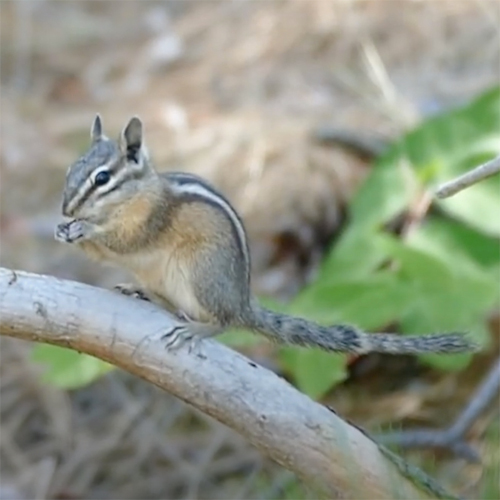

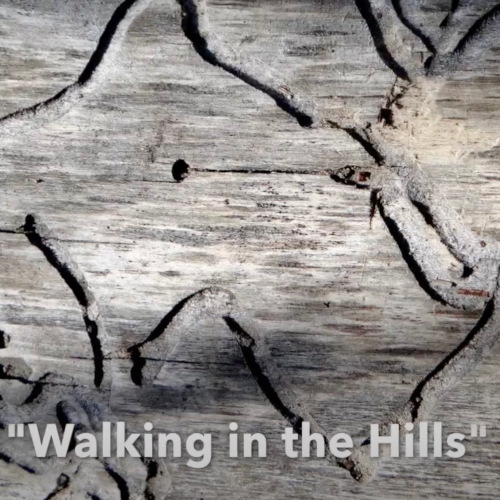


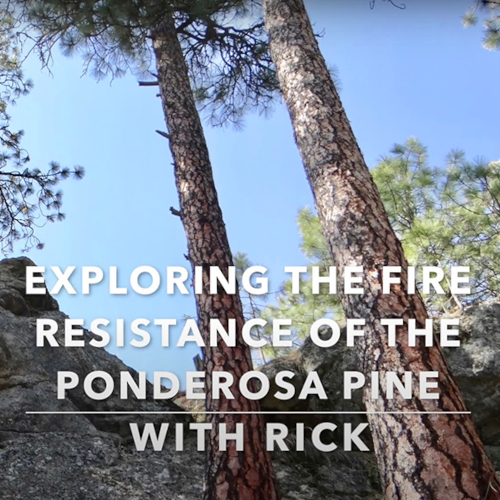
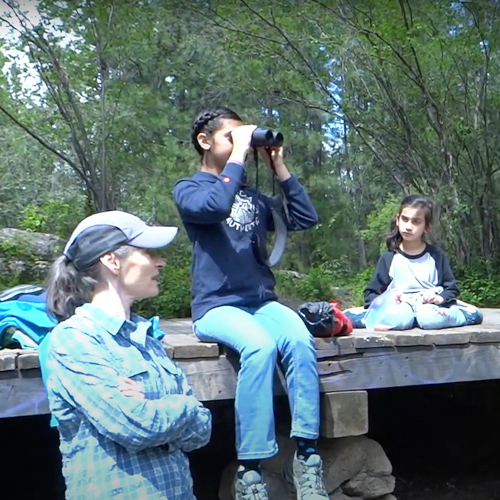
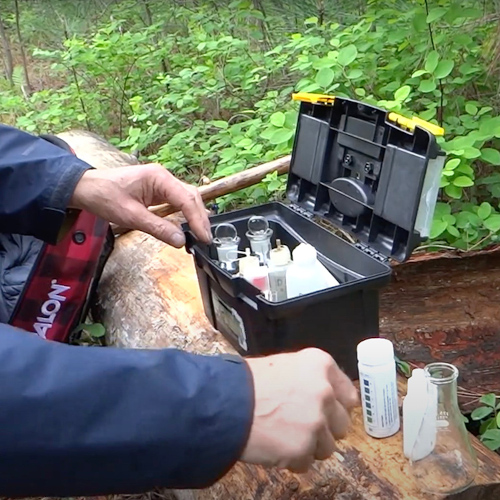
%20-%20Copy.jpg)


